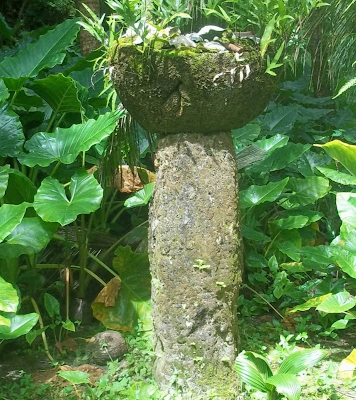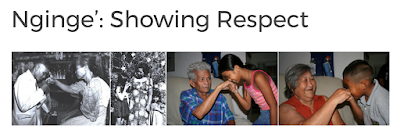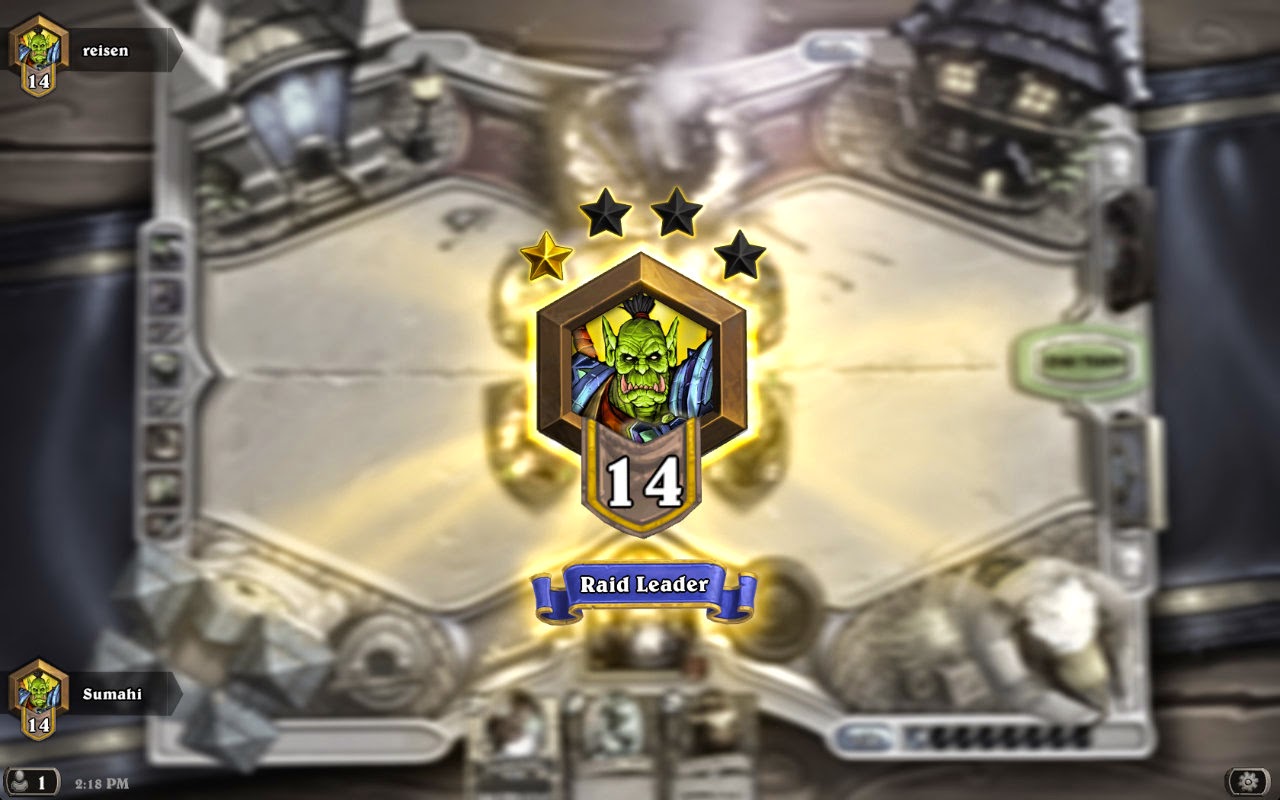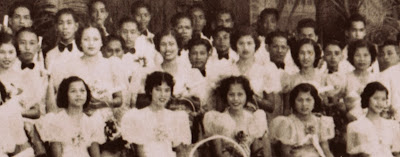Latte Stone Significance

The latte has become a key symbol in expressions of contemporary Chamoru identity and a key means by which they have come to establish a meaningful connection to their ancient ancestors. Following centuries of colonization, Chamorus had their connection to their ancestors was severely disrupted and felt little intimacy with regards to their ancestors prior to Spanish colonization. They had come to accept that they and much of their culture and beliefs were primitive or savage. The study of the latte and its promotion as a historical artifact in the 20 th century helped create the everyday possibilities for Chamorus to form new positive connections to their ancestors. The latte is no longer a discarded remnant from a primitive past, but an icon of ethnic identity, empowerment and sacredness. As the Chamoru people have undergone significant cultural shifts over the past four centuries, primarily due to colonization, the latte has become a quiet but important sym





